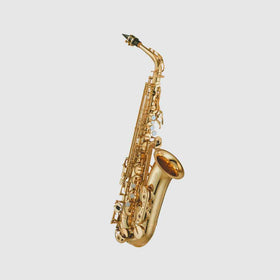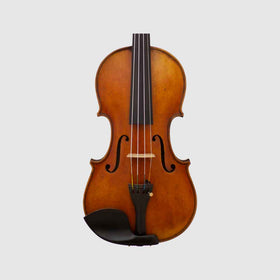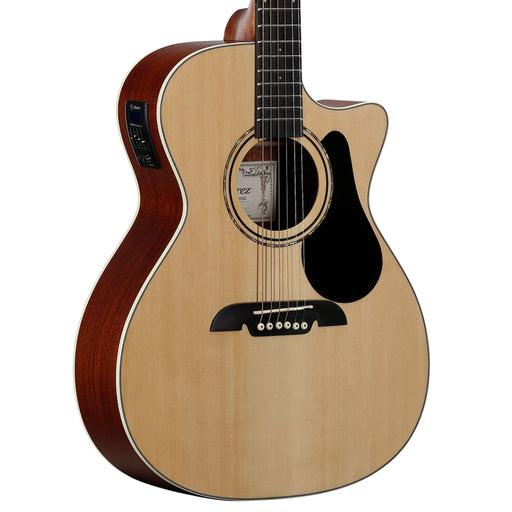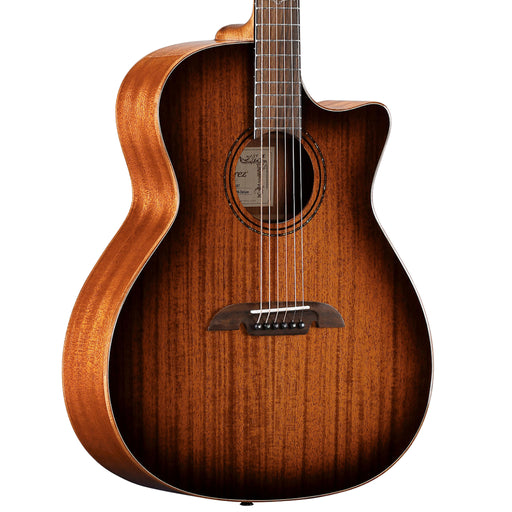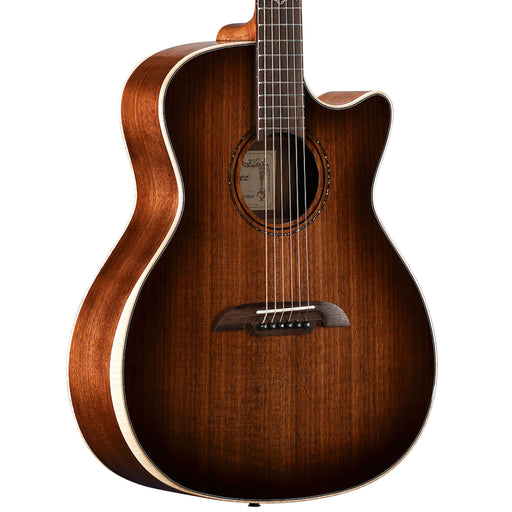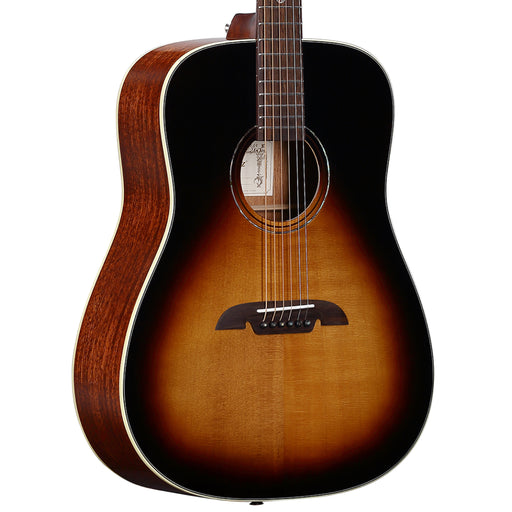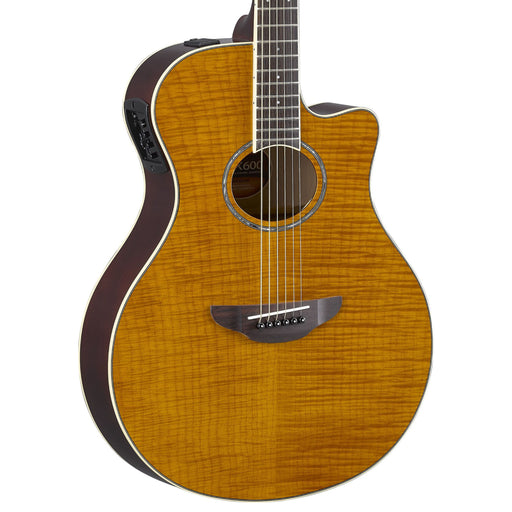What is the history of the flute?
The Enchanting Journey of the Flute: A Historical Overview
The flute, one of the oldest and most universally recognized musical instruments, has a rich and enchanting history that spans thousands of years and crosses numerous cultures. From its earliest forms in ancient civilizations to its sophisticated modern versions, the flute's evolution is a captivating tale of human ingenuity and artistic expression.
Origins and Ancient Civilizations
The earliest known flutes date back to the Paleolithic era, with some of the oldest examples discovered in present-day Germany. These ancient flutes, crafted from bird bones and mammoth ivory, showcase the early human desire to create music. Their simplistic design, featuring a few finger holes, laid the foundation for more complex instruments to come.
As civilizations advanced, so did the flute. In ancient Egypt, flutes made of bamboo and reeds were common, often depicted in art and played in religious ceremonies. The Greeks and Romans continued this tradition, with the flute playing a significant role in their music and culture.
The Renaissance and Baroque Periods
The Renaissance era witnessed significant advancements in flute design. The introduction of the key system, a revolutionary step, allowed for a greater range of notes and more intricate music. This period saw the transition from the medieval recorder to the transverse flute, held horizontally and played by blowing across a hole at one end.
In the Baroque period, the flute reached new heights of popularity. Composers like Johann Sebastian Bach and George Frideric Handel wrote extensively for the instrument. The flute's sweet, lyrical sound became a staple of Baroque music, leading to further innovations in its design.
The Classical and Romantic Eras
The classical period brought about a surge in the flute's popularity. The instrument was redesigned again, this time with a conical bore and made of metal, which gave it a more powerful and brighter tone. Theobald Boehm, a Bavarian goldsmith and flutist, revolutionized the flute in the 19th century with his cylindrical bore design and intricate key mechanism. This design, with some modifications, remains the standard for modern flutes.
The Romantic era saw the flute become a prominent voice in orchestras and chamber music. Composers like Ludwig van Beethoven and Franz Schubert utilized its expressive capabilities, while virtuoso performers pushed the boundaries of what was thought possible on the instrument.
The Flute in Contemporary Music
In the 20th and 21st centuries, the flute has continued to evolve. Jazz musicians have embraced it, exploring its potential in improvisational music. The flute has also found a place in popular music, film scores, and world music, with various cultures contributing their unique styles and designs.
The Flute's Journey
The history of the flute is a testament to the enduring allure of music and the human spirit's endless quest for expression. From its primitive origins to its sophisticated modern form, the flute has not only provided a soundtrack to history but has continually evolved to meet the artistic demands of each new generation. As we continue to explore and innovate, the flute's journey, much like music itself, seems destined to be an endless and fascinating one.
Shop Flutes: https://tarpleymusic.com/collections/flute
Tarpley Exclusives
Alvarez Regent RG26CE-DELUXE Acoustic-Electric Guitar
AlvarezDesigned by the top AIMM Dealers in the US The Alvarez Guitars Regent Series RG26CE-Deluxe has a Sitka Spruce top with a natural, gloss finish. The...
View full detailsAlvarez Artist AG66CESHB-DELUXE Acoustic-Electric Guitar
AlvarezDesigned by the top AIMM Dealers in the US The Artist AG66CESHB-DELUXE is a beautifully developed Grand Auditorium acoustic electric guitar with a ...
View full detailsYamaha LJ6RDTHB Medium Jumbo Acoustic-Electric Guitar - Dark Tint
YamahaBuilt with a solid Engelmann Spruce top enhanced by Yamaha's proprietary A.R.E. treatment and refined bracing architecture, the LJ6 delivers increa...
View full detailsAlvarez Artist Elite AGW77CESHB-DELUXE Acoustic-Electric Guitar
AlvarezDesigned by the top AIMM Dealers in the US Alvarez Grand Auditorium acoustic electric guitar with cutaway and bevelled armrest. Comes with the LR B...
View full detailsAlvarez Masterworks MD60EVB Acoustic-Electric Guitar
AlvarezThe MD60EVB Deluxe features carefully seasoned tonewoods that include a AAA solid Sitka cured top, solid African Mahogany back and sides, and one p...
View full detailsYamaha APX600FM AM Acoustic-Electric Guitar
YamahaOne of the world's best-selling, acoustic-electric guitars, the APX Series thinline body combines incredible comfort, easy top-fret access and natu...
View full details
